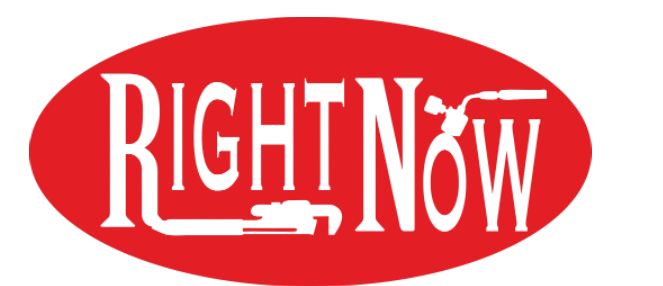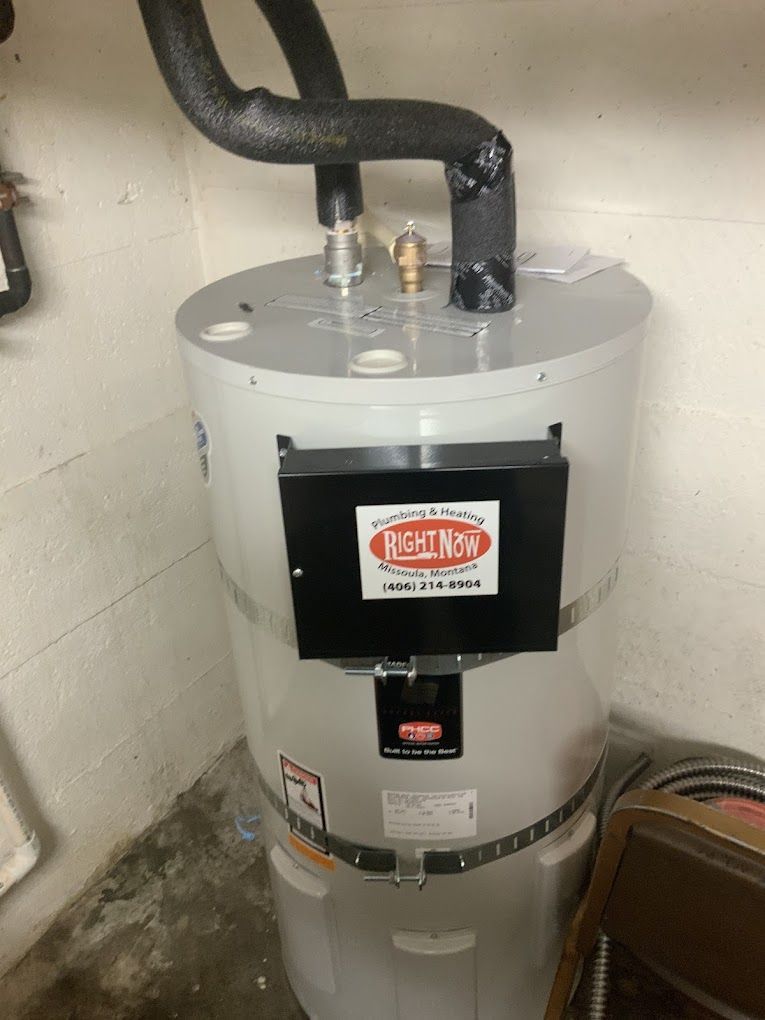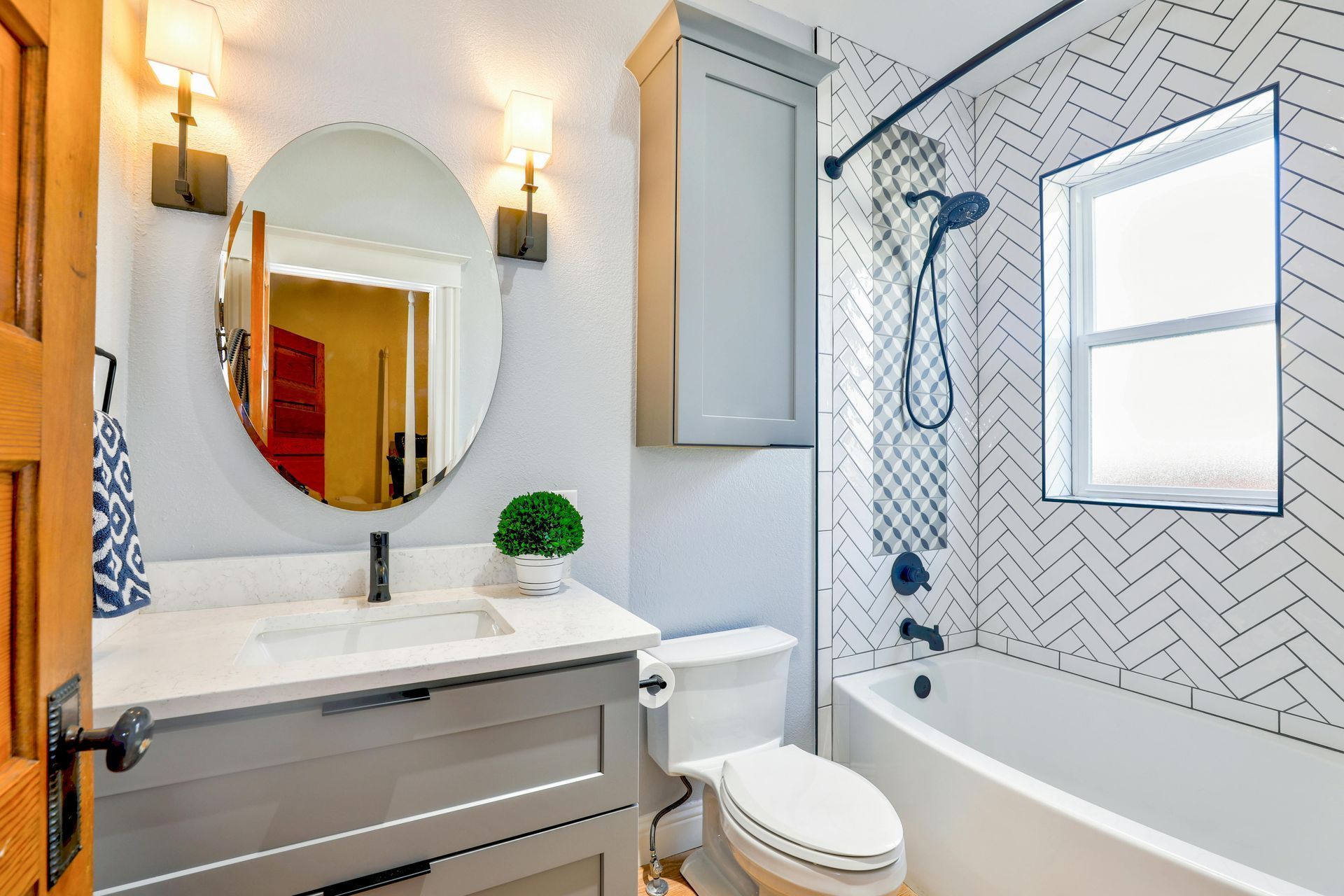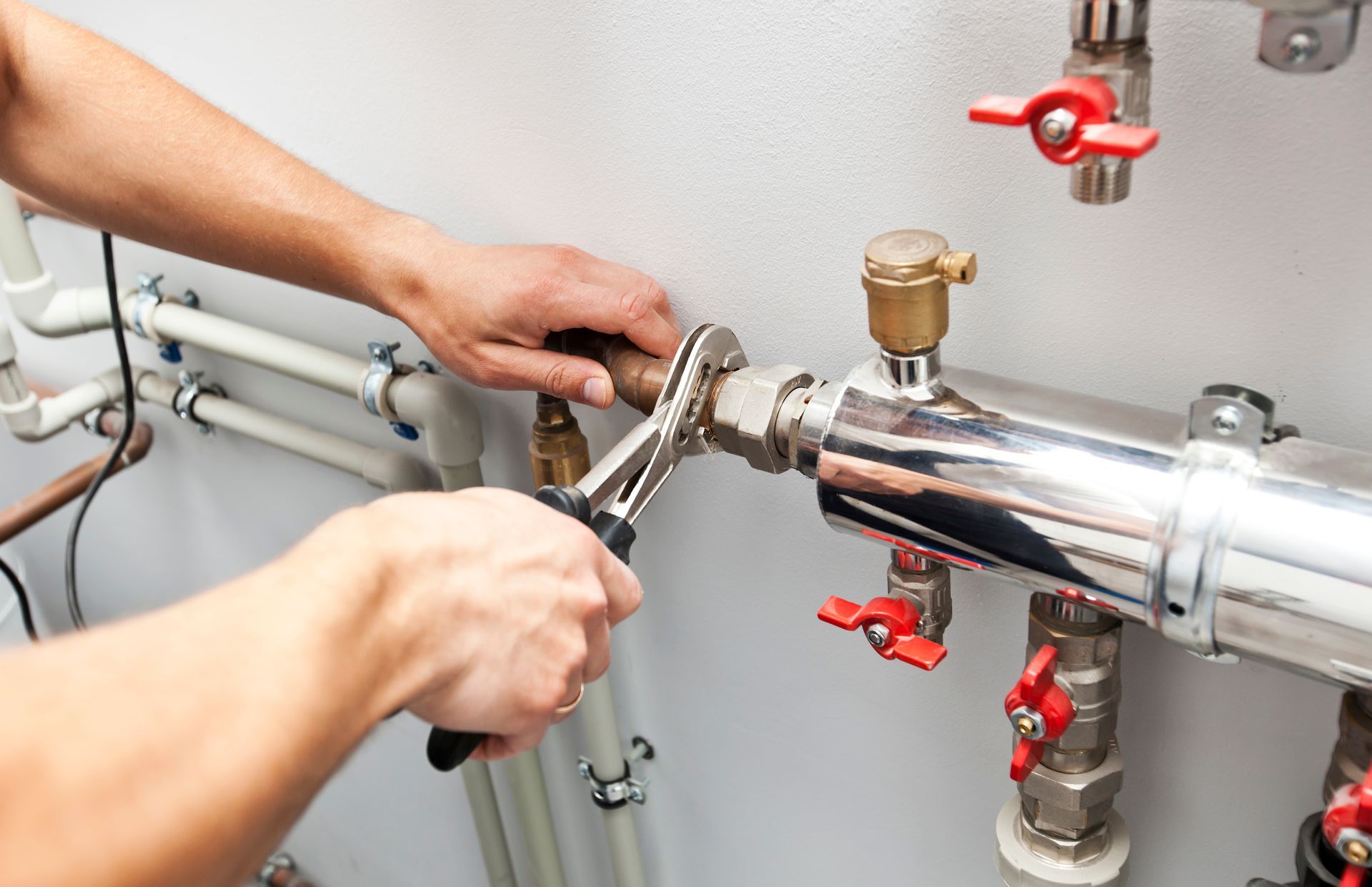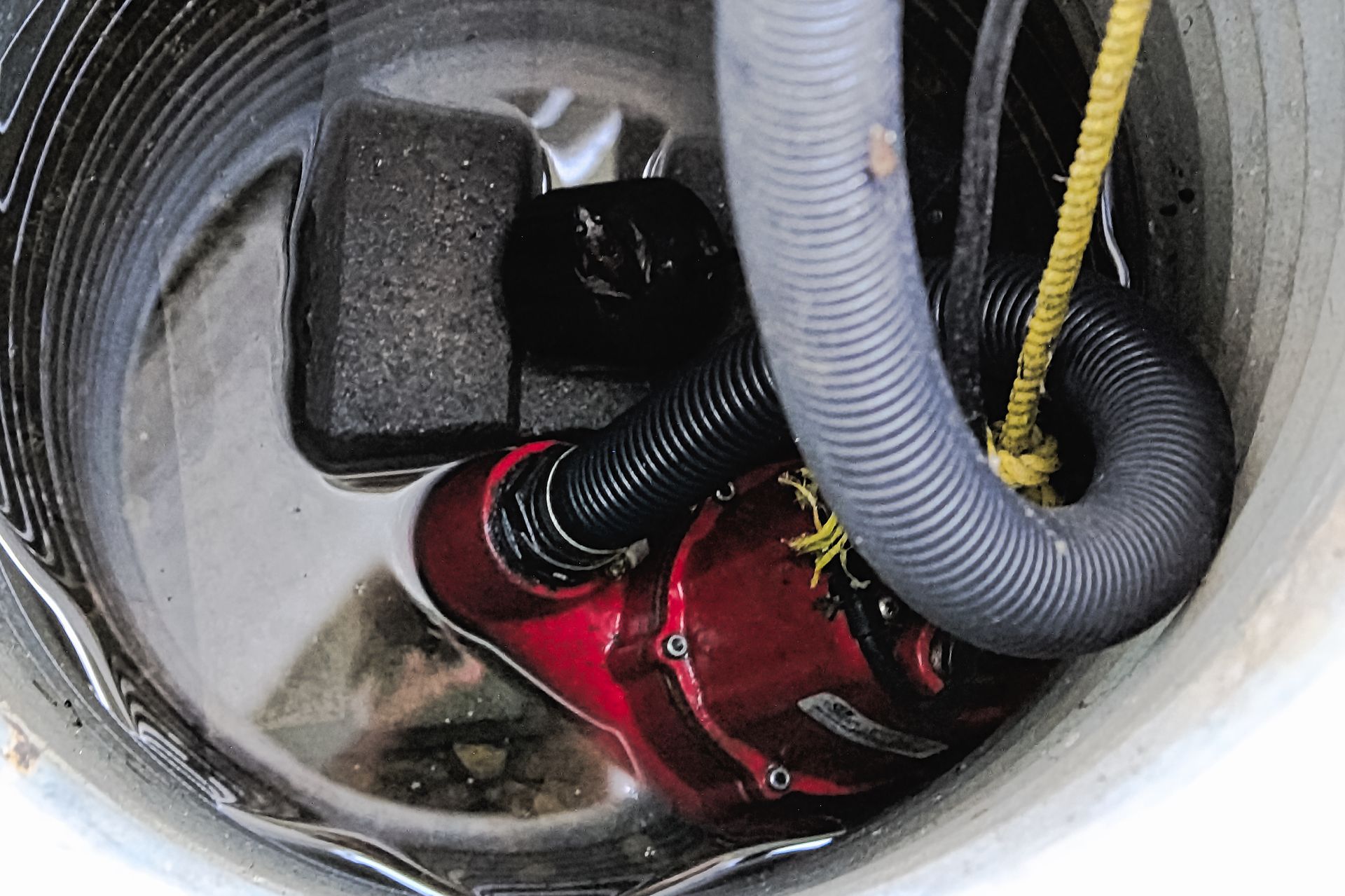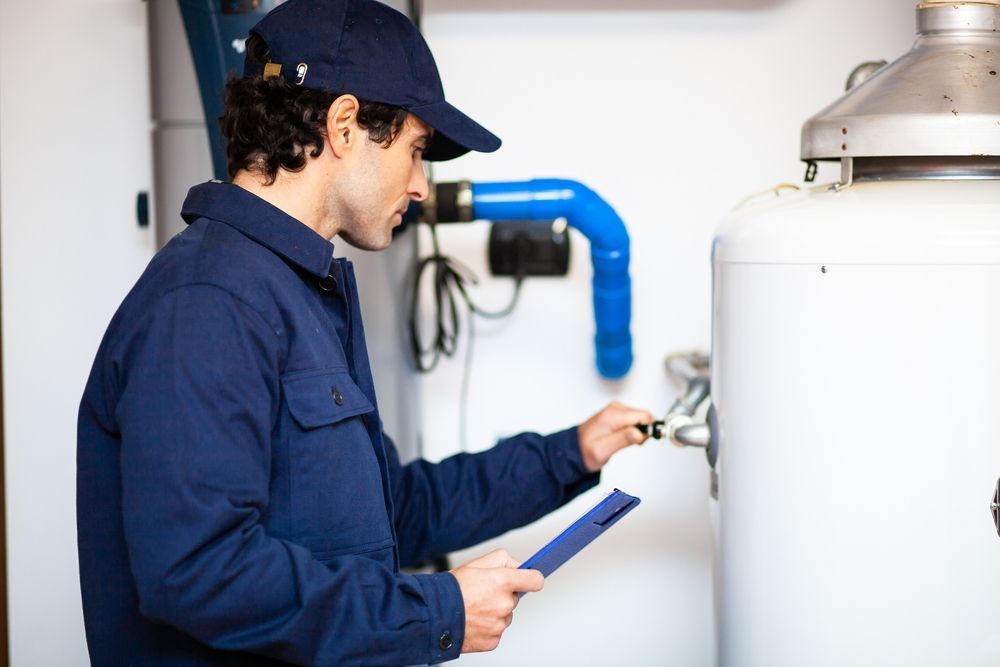Is drano bad for pipes?
September 6, 2024
If your drains are clogged, you might be tempted to use Drano for a quick fix. But is Drano bad for your pipes?
The truth is, while Drano may seem convenient, its harsh chemicals can cause significant long-term damage to your plumbing system. By giving you the information to safeguard your plumbing, you can avoid costly mistakes and keep your system in tip top shape.
How Does Drano Work? (And Why It’s Risky)
Drano works by creating a chemical reaction that heats up and dissolves the materials causing your clog. While it may clear the drain, the heat and corrosive chemicals can also erode your pipes, especially if you use it regularly. Homes with older pipes or PVC piping are at particular risk.
In the long run, this can lead to leaks, burst pipes, or other costly repairs. So while Drano might provide a temporary solution, it’s not a risk-free fix for your home’s plumbing.
If you’re facing frequent clogs and want a more reliable solution, learn about our plumbing services here.
Safer Alternatives to Drano
Many homeowners worry about the cost of calling a plumber, so it’s understandable that you’d want to try handling small clogs yourself. The good news is there are safe and effective alternatives to Drano that won’t risk damage to your pipes:Low Water Pressure:
- Plungers: A simple plunger can resolve most clogs in sinks or toilets without introducing chemicals.
- Drain Snake: This tool can reach deeper into the pipes to remove blockages mechanically, which won’t harm the integrity of your plumbing.
- Baking Soda & Vinegar: A natural, chemical-free solution that can help break down smaller clogs safely. If you've noticed a drop in water pressure, it might be due to corrosion or blockages in your pipes.
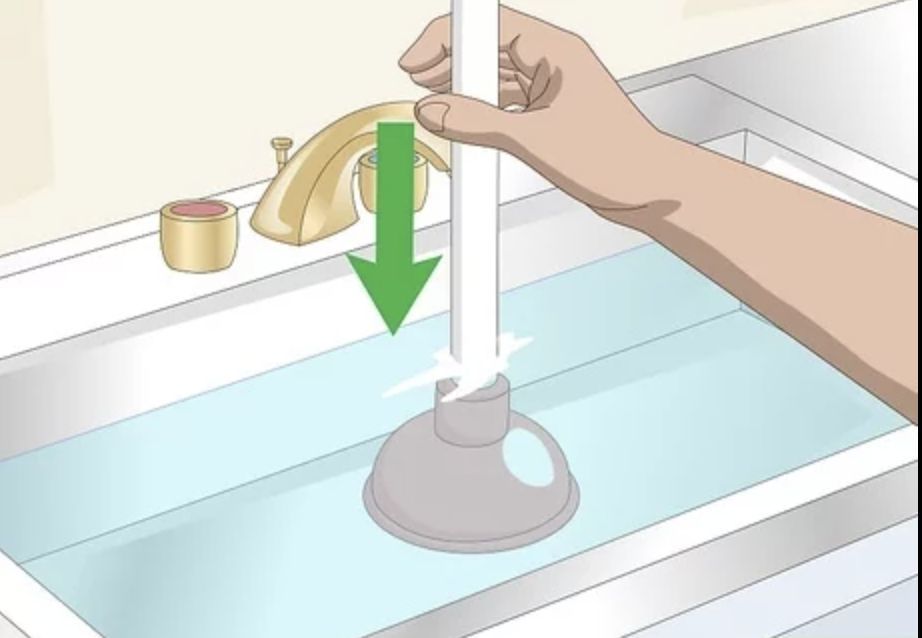
However, if these solutions don’t work or the clogs keep coming back, it may be a sign of a deeper issue. Before the problem worsens, it’s in your best interest to schedule a professional drain cleaning.
What Happens If You’ve Already Used Drano?
If you’ve already used Drano and are now experiencing slow drains, leaks, or worse, there’s a chance that the chemicals have damaged your pipes. Left unchecked, this damage can lead to more expensive and complicated repairs down the road. It’s always best to get a professional assessment before a small issue becomes a big problem.
According to Bob Vila , mechanical methods like plungers or drain snakes are much safer for your plumbing than relying on chemical solutions.
According to Bob Vila , mechanical methods like plungers or drain snakes are much safer for your plumbing than relying on chemical solutions.
Protect Your Plumbing
At Right Now Plumbing, we understand that trust is built by providing value without pushing unnecessary services. Whether it’s helping you understand the risks of chemical drain cleaners or providing practical tips for maintaining your plumbing, we aim to offer reliable advice that serves your needs.
Our Repiping Services
At
Right Now Plumbing
, we specialize in providing comprehensive
repiping services
tailored to the unique needs of Tucson homeowners. Our experienced team uses high-quality materials like
PEX and copper pipes
to ensure durability and longevity.
Discover more about our comprehensive plumbing services in Tucson .
The Repiping Process Explained Repiping might sound like a daunting task, but with the right professionals, it can be a smooth and hassle-free process. Here's what you can expect when you choose Right Now Plumbing:
Discover more about our comprehensive plumbing services in Tucson .
The Repiping Process Explained Repiping might sound like a daunting task, but with the right professionals, it can be a smooth and hassle-free process. Here's what you can expect when you choose Right Now Plumbing:
- Initial Inspection: Our experts conduct a thorough assessment of your current plumbing system to identify issues and determine the best repiping solution.
- Customized Planning: We develop a detailed plan outlining the scope of work, choosing the most suitable materials and methods for your home's specific needs.
- Professional Installation: Our skilled plumbers carefully remove old pipes and install new ones with precision, ensuring minimal disruption to your daily routine.
- Quality Assurance: After installation, we perform rigorous testing to ensure everything functions perfectly and meets all local building codes.
- Clean-Up and Follow-Up: We leave your home clean and tidy and provide ongoing support to address any questions or concerns you may have post-installation.
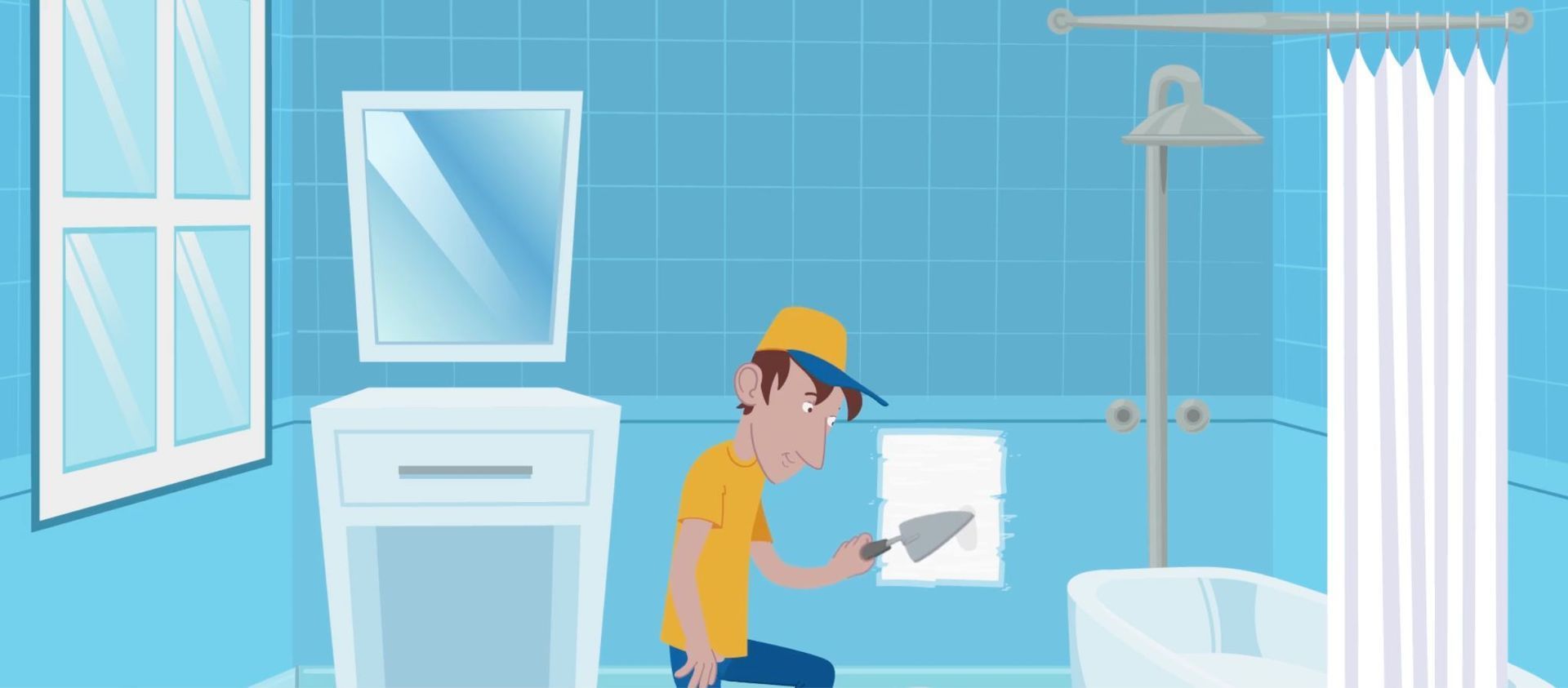
Why Choose Right Now Plumbing for Your Repiping Needs?
- Experienced Professionals: Our team has years of experience handling repiping projects of all sizes and complexities.
- Quality Materials: We use only the best piping materials to ensure lasting results and customer satisfaction.
- Transparent Pricing: We provide upfront, competitive pricing with no hidden fees.
- Exceptional Customer Service: Your comfort and satisfaction are our top priorities. We work diligently to exceed your expectations at every step.
- Local Expertise: As a Tucson-based company, we understand the unique plumbing challenges faced by homeowners in our community.
Contact us now
to book your appointment and take the first step towards a safer, more efficient plumbing system.
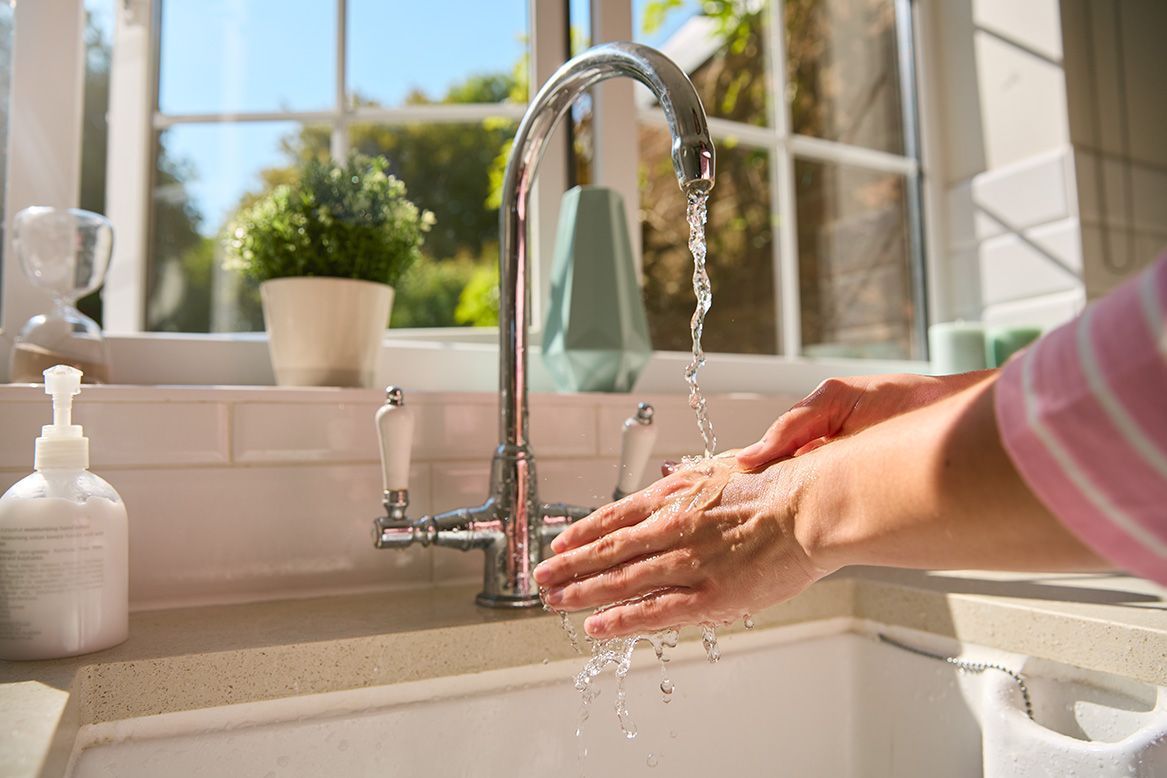
Dealing with a leaky faucet in your home? Not only can it be annoying, but it can also lead to significant water waste and increased bills. Fortunately, fixing a dripping faucet is an easy do-it-yourself task. Many homeowners can do it with just a few basic tools. This guide will help you DIY common problems with kitchen and bathroom faucets so you can save money and use less water. Identify the Type of Faucet
